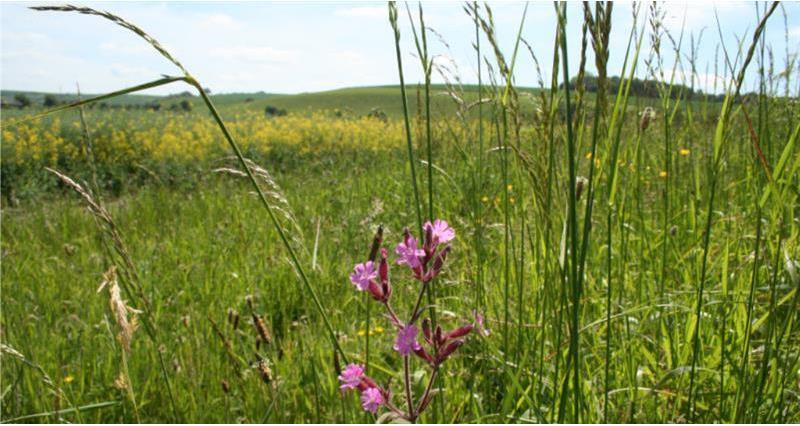What
Allow arable land to revert to grassland in strips, field corners or whole/partial fields.
In general these areas will be permanent but can be relocated if necessary to meet agronomic or land use change.
Why
- Reverted arable areas have been shown to boost beneficial insect numbers (for example, bumblebees and natural enemies of pests) as well as providing important habitats for a range of wildlife including mammals.
- Flower-rich reverted arable areas can also provide foraging habitat for farmland birds.
- Placing arable reversion in areas at risk of erosion and run-off can help to protect soils and watercourses.
How
Creation
- Establish or maintain a grassy area with a minimum width of 6m, which should be in addition to cross compliance protection zones next to a hedgerow or watercourse.
- Remove any compaction in the topsoil and sub soil, except on archaeological features.
Management
- Maintain the grassy areas by light grazing or at least an annual cut.
- If cutting, allow the grass to set seed and do not cut the area earlier than the end of July.
- Do not cultivate the area after the area has been established.
- Do not apply any fertilisers, organic manures or waste materials (including sewage sludge) to these areas.
